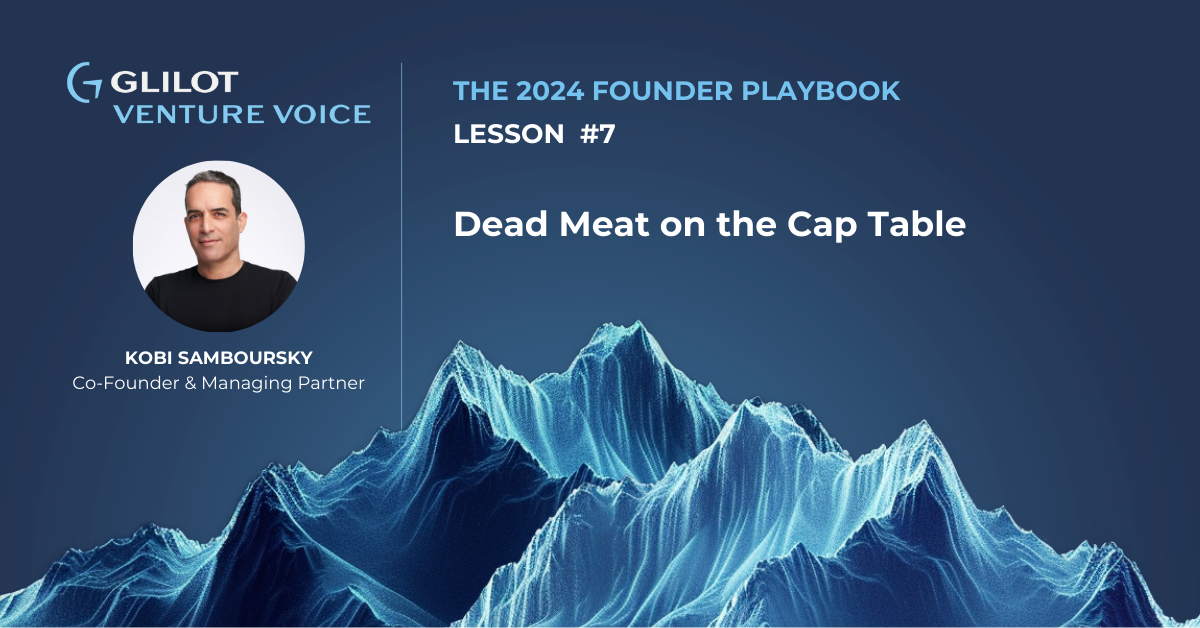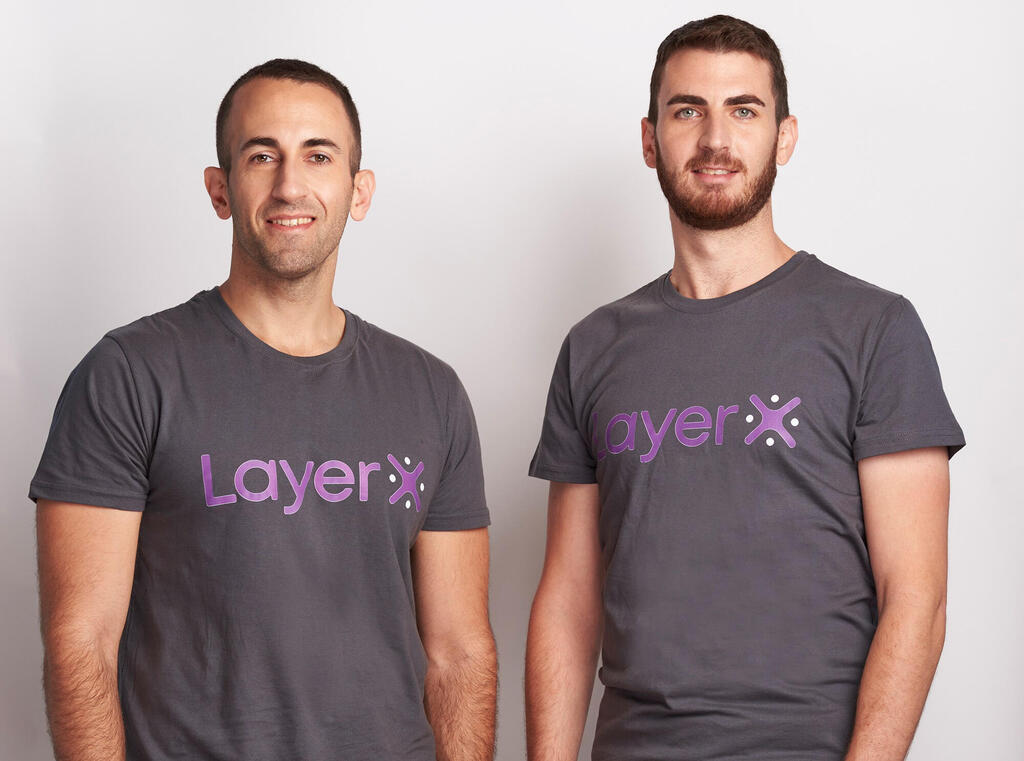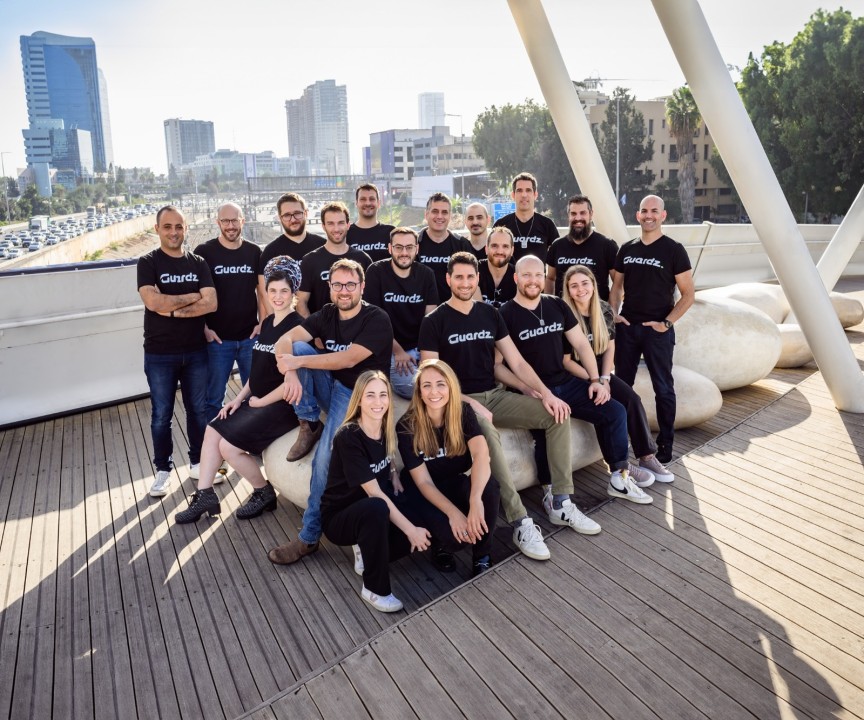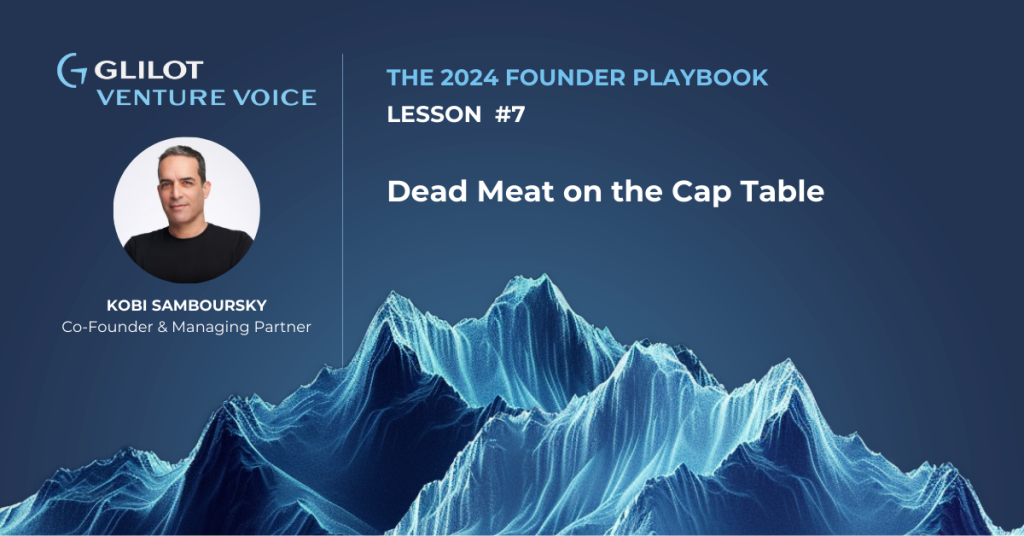Dead Meat on the Cap Table

A question I always ask entrepreneurs in our first meeting is: “Who is on the cap table?” (For those unfamiliar with the term, the cap table serves as a comprehensive list of all equity holders in the company, including, founders, investors, employees, consultants, etc.) Many entrepreneurs find this question puzzling at such an early stagenbsp; in the process. They often fail to grasp its significance, particularly before delving into details about the product, market, business model, and so on. So, why is the cap table so important?
A healthy cap table is one of the most important assets of any startup. In fact, a poorly structured cap table can be very problematic, and unlike other startup issues, fixing a flawed cap table is exceedingly difficult. This is one of the reasons why I prefer to be a company’s first investor; it provides me the opportunity to see that the cap table starts off clean and to make sure it stays that way.
What is a healthy cap table?
In my mind, a healthy cap table only contains entities that can support the company in the long run. These typically come in two forms: 1. Founders and employees who work day in and day out to ensure that the company is successful. 2. Investors who have added value and/or can continue to support the company on a long-term basis.
Let’s start with the first item: founders and employees. In a healthy, early stage, cap table, founders and employees hold a significant amount of the company. This is essential because they are the ones doing the real work, and they need to be highly motivated. When I am evaluating a potential early stage investment, I’m not just imagining good times (that is always nice), I am also trying to imagine the bad times. Do the founders have enough equity to make them want to stick it out during tough times? The same goes for key employees.
How much should founders and employees hold? This depends on the stage of the company. Let’s put some figures around it: When we invest in a seed stage company, we like to see close to 100% of the company’s cap table held by founders and employees. Sometimes we meet seed stage companies that have given big equity chunks to consultants, to founders that left, and so forth. They argue that they are okay with their current equity stakes and claim they won’t request additional shares. However, I disagree. Most people do not fully realize the size of the effort before them and the difficult days that may follow. Investing in such a scenario subjects everyone involved to an additional, undesired risk.
The second item: investors. A good cap table includes a small number of investors that have a real stake in the company. A long list of investors with very small holdings,nbsp; tends to mean more headaches for management when trying to reach important decisions and in running the company. In addition, a large number of investors with a relatively small stake for each one of them, means less commitment. On bad days, you want to have investors who hold a big enough stake to want to work hard to make it work.
Another important element is the financial strength of the investors. Those who own significant portions of the company, but lack deep pockets, may struggle to support the company during tough times. Aim to have value-added investors and deep pocket investors seated around the table.
Occasionally, when I meet companies with a broken cap table, the response I receive is: “Give us an investment proposal, and we will discuss how to fix this.” In my view, this is not a good solution. Based on my experience, a broken cap table is almost impossible to fix; it is a tedious process, typically involving many emotional issues, and definitely not something an external investor should be involved with. My advice is simple:nbsp; if it is fixable, do it before coming to the first VC meeting.
Your cap table is your most valuable asset, keep it healthy!
This content was previously published in February 2017 and appears with minor edits and updates.



 Kobi Samboursky
Kobi Samboursky
 Lior Litwak
Lior Litwak